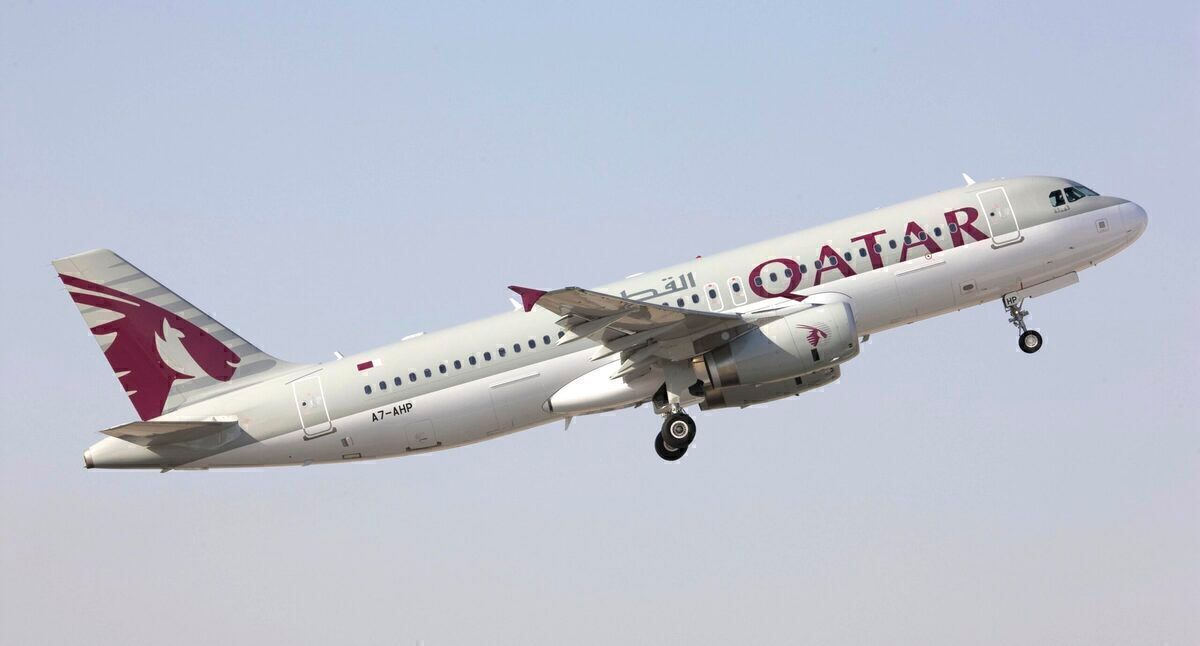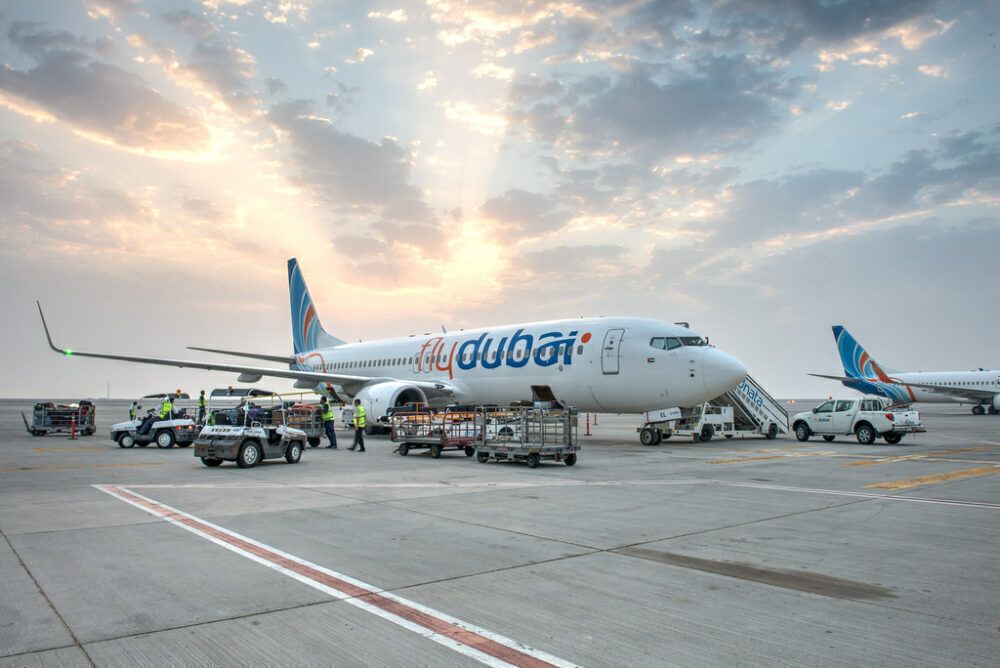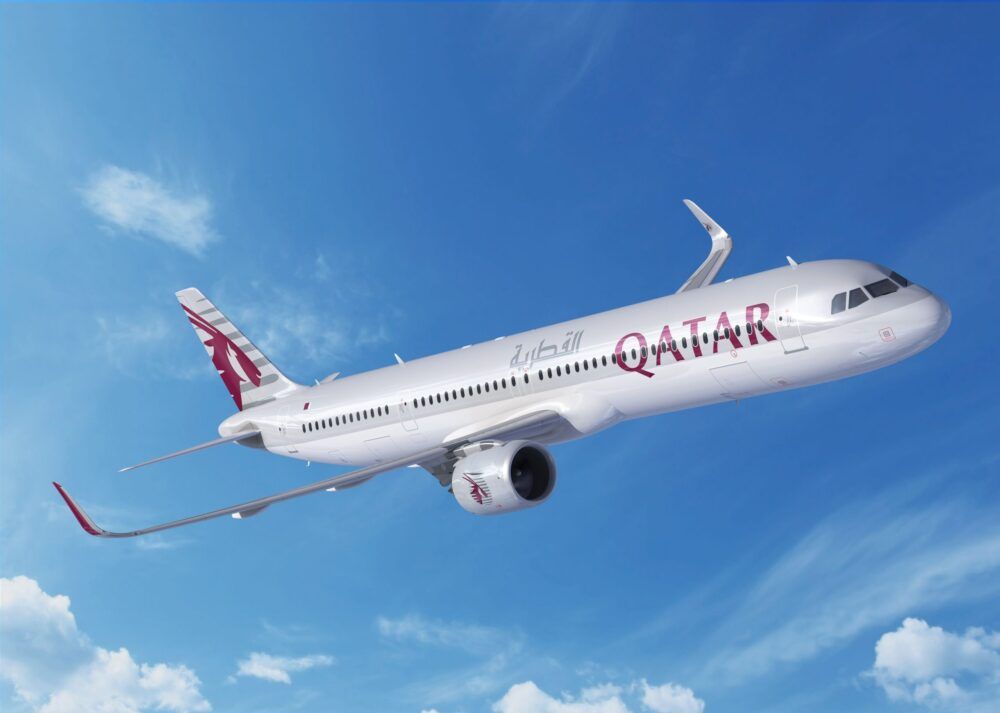The Middle East’s legacy airlines have formed partnerships with low-cost carriers – all except one. While Emirates and flydubai is today ‘almost a merger’, Etihad’s Air Arabia Abu Dhabi is a low-cost of its own making. For Qatar, however, venturing into a low-cost carrier is not something attractive for its Doha hub.
The Middle East’s low-cost carriers
The Middle East is dominated by three mega airlines – Emirates, Etihad and Qatar. With the exception of Qatar, these airlines have formed partnerships with low-cost airlines, to bolster their networks and feed passengers to their hubs.
For Emirates, its partnership with flydubai began in July 2017. Back then, the Middle East giant announced an extensive partnership agreement, which opened up a combined network of 216 destinations. At the time, Sheikh Ahmed bin Saeed Al Maktoum, chief executive of Emirates Group and chairman of flydubai, commented,
“Both airlines have grown independently and successfully over the years, and this new partnership will unlock the immense value that the complementary models of both companies can bring to consumers, each airline, and to Dubai.”
Today, the pair have 181 destinations operating from Dubai, only 31 of which overlap with one another. The cooperation has seen the pair switch out routes between themselves, right-sizing capacity for the market demand. For example, flydubai replaced Emirates to Zagreb, while it pulled out of Bangkok, leaving Emirates to step in.
This ability to complement without competing has worked well for both airlines, and is a model that its neighbor to the south is looking to replicate. Etihad’s partnership with Air Arabia Abu Dhabi takes this concept to the next level, being a joint venture between Etihad and Air Arabia.
Although still in its infancy, early results suggest the partnership is working well. As Etihad repositions itself as a smaller, boutique airline, having Air Arabia to operate to more price-sensitive or low-demand markets will help it achieve its goal. CEO Tony Douglas has already confirmed plans to expand the low-cost venture once travel restrictions start to ease.
Stay informed: Sign up for our daily and weekly aviation news digests.
Not for Qatar
That leaves just Qatar yet to embrace the idea of a low-cost carrier to complement its mainline services. Speaking exclusively to Simple Flying, group CEO Akbar Al Baker stated that there is no plan to ever have a low-cost airline feeding the main passenger carrier. Noting that both his major neighbors had gone down this road, he said,
“I wish them very good luck to do what they're doing; they will soon realize their folly. No, we will not have any low-cost carrier now, nor will we operate a low-cost carrier out of our hub.”
Qatar has always taken care of feeding its hub with its own operations. Its fleet of Airbus aircraft is set to be augmented by 50 additional A321neos, 10 of which are the longer-range A321LR. This will continue to provide feeder routes and off-season capacity for the airline around the year, negating the need for a low-cost arm.
However, that doesn’t mean Qatar is against having a low-cost presence in Doha. Al Baker stated,
“We will invite low-cost carriers, because we are the operator of the airport. It will be our pleasure to get many airlines that want to operate out of our hub. We will of course work with some of them, but we won’t let our hub be the home of a low-cost carrier.”
The Qatar Group CEO has previously said that he doesn’t believe low-cost carriers will prosper in the Gulf region. In June last year, he said that flydubai should never have existed, and that, in the event of consolidation happening, the presence of such airlines could risk the profitability of the legacy airlines at those hubs.
For now, it seems Doha will remain void of any resident low-cost airline. But with Qatar’s interest in other low-cost entities such as IndiGo, perhaps we could see more low-cost airlines landing at Hamad International in the future.




